

Cottage renovation progress!
The cottage renovation is making quick progress due to the great work by contractor David Hood and generous contributions by both longtime supporters and new donors.

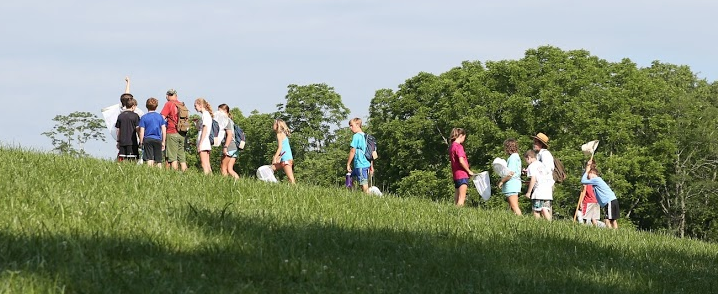
New School Partnerships: Fairview and Baywood
We are excited to announce two new school partnerships this summer with Baywood and Fairview schools in Grayson County. Blue Ridge Discovery Center will be offering "Summer Camps" to each school as part of their summer school programming.
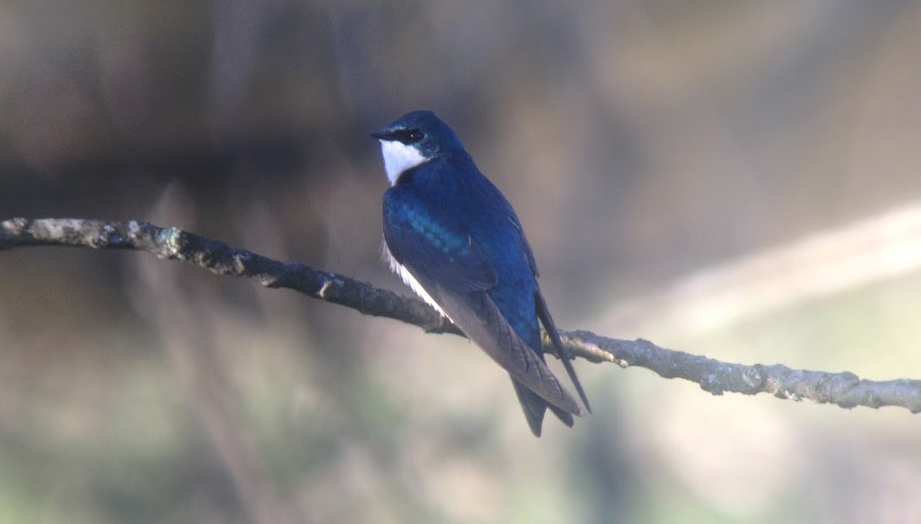
Birds... Neighbors? Tenants? Friends?
Imagine for a moment, if a friend of yours traveled 2,500 miles by his own power with just the clothes on his back, across mountains, seas, rivers, through storms, dodging danger day in and day out, just to come to your doorstep. What kind of reception would you give him when he arrived after such a journey?

The Trout Population has Increased in Wilson Creek
Last week was absolutely beautiful and we couldn't have had a better time on Wilson Creek in Grayson County as the 7th grade students of Independence Middle and Grayson Highlands Schools and the 5th grade students of Piney Creek Elementary School released their trout.

Earth Day Wildflower Walk
Carol Broderson and special guide, Snow Ferreniea enlightened us with their vast knowledge of wildflowers.


BRDC and Fairveiw Elementary School
Blue Ridge Discovery Center is excited to be adding additional opportunities for the students at Fairview Elementary School.


Do You Know Your Trees?
Do you know the tree species that live and grow around your home and provide shade and shelter to wildlife that visit you?
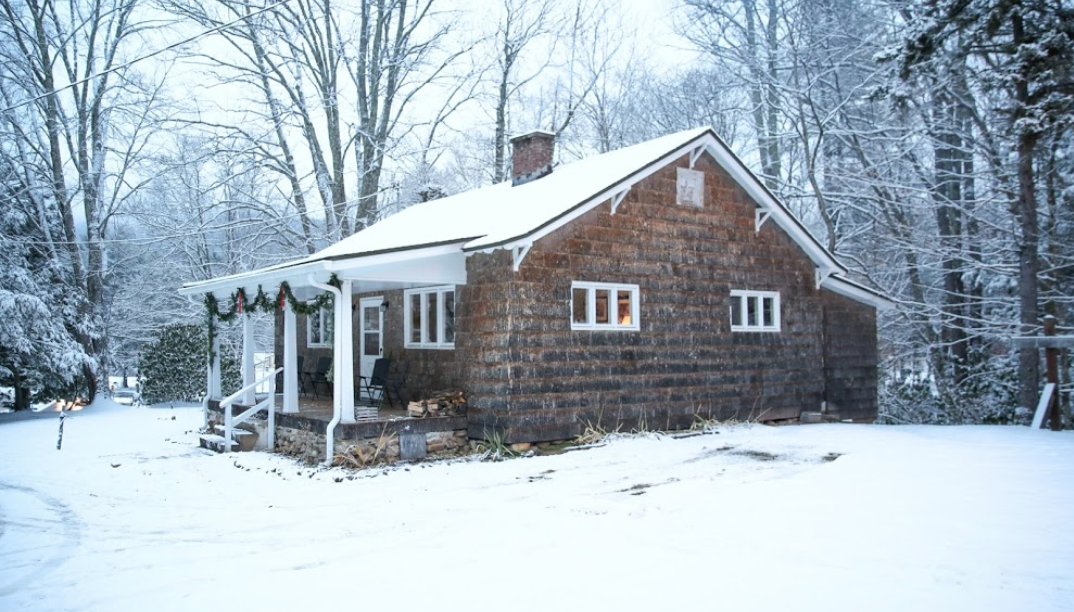
Cottage Renovations Underway
Over the past month, Blue Ridge Discovery Center has begun renovations on the cottage adjacent to our center! Our aim is to move our offices out there by the Spring Naturalist Rally in early May and set up shop!


Journaling: A place for exploration
Journaling by definition is a record of experiences, ideas, or reflections kept regularly
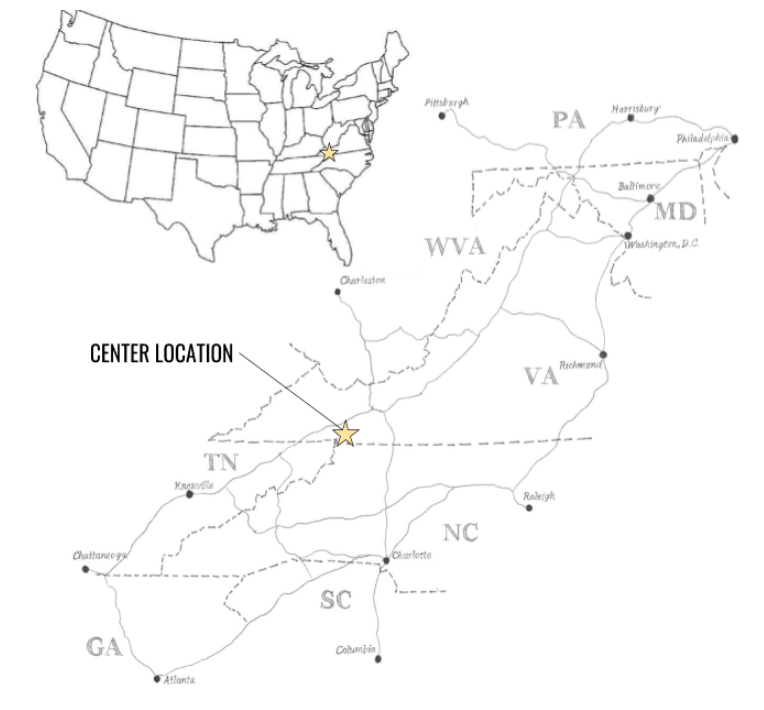
Support from Smyth County
We are excited to receive the recent resolution from the Smyth County Board of Supervisors supporting our mission and application to the Department of Housing and Community Development Industrial Redevelopment Fund grant.
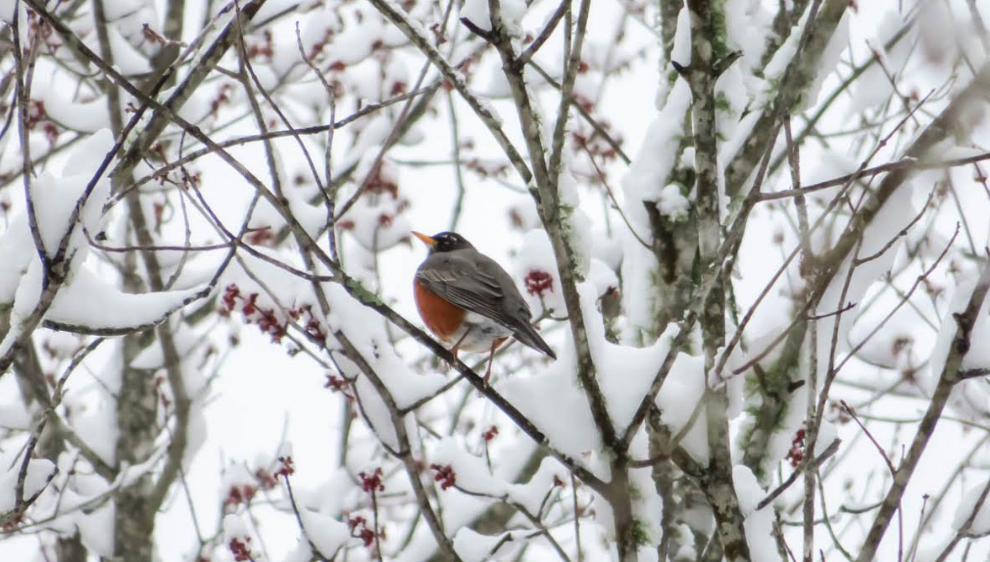


Getting Ready for the Stream with the NFSP
As part of our enriching programs in Grayson County Public Schools, BRDC provided a week of fly fishing lessons to the ninth grade girls and boys PE classes.

Nature Photography for Galax Intersession
Getting outside almost always leads to beautiful sights and with photography we have the opportunity to share those visual treasures that stop us in our tracks.

Taxonomy: the Science of Classification
The fifth-grade students of Grayson County explored taxonomy last week by sorting picture cards.

Toes in the Sand
The K-2 Program presented the book "Whose Tracks are These? A Clue Book of Familiar Forest Animals" by Jim Nail.